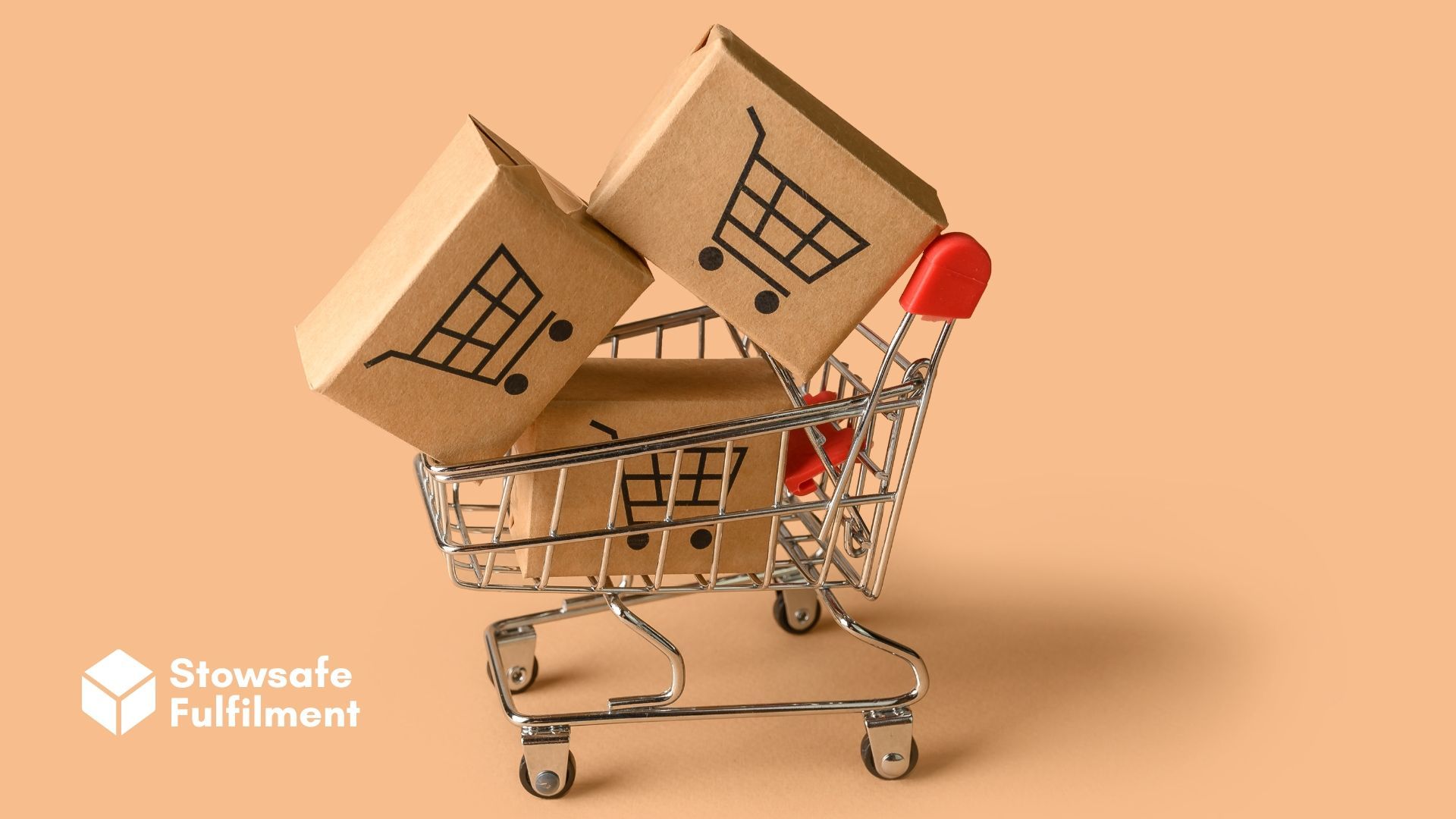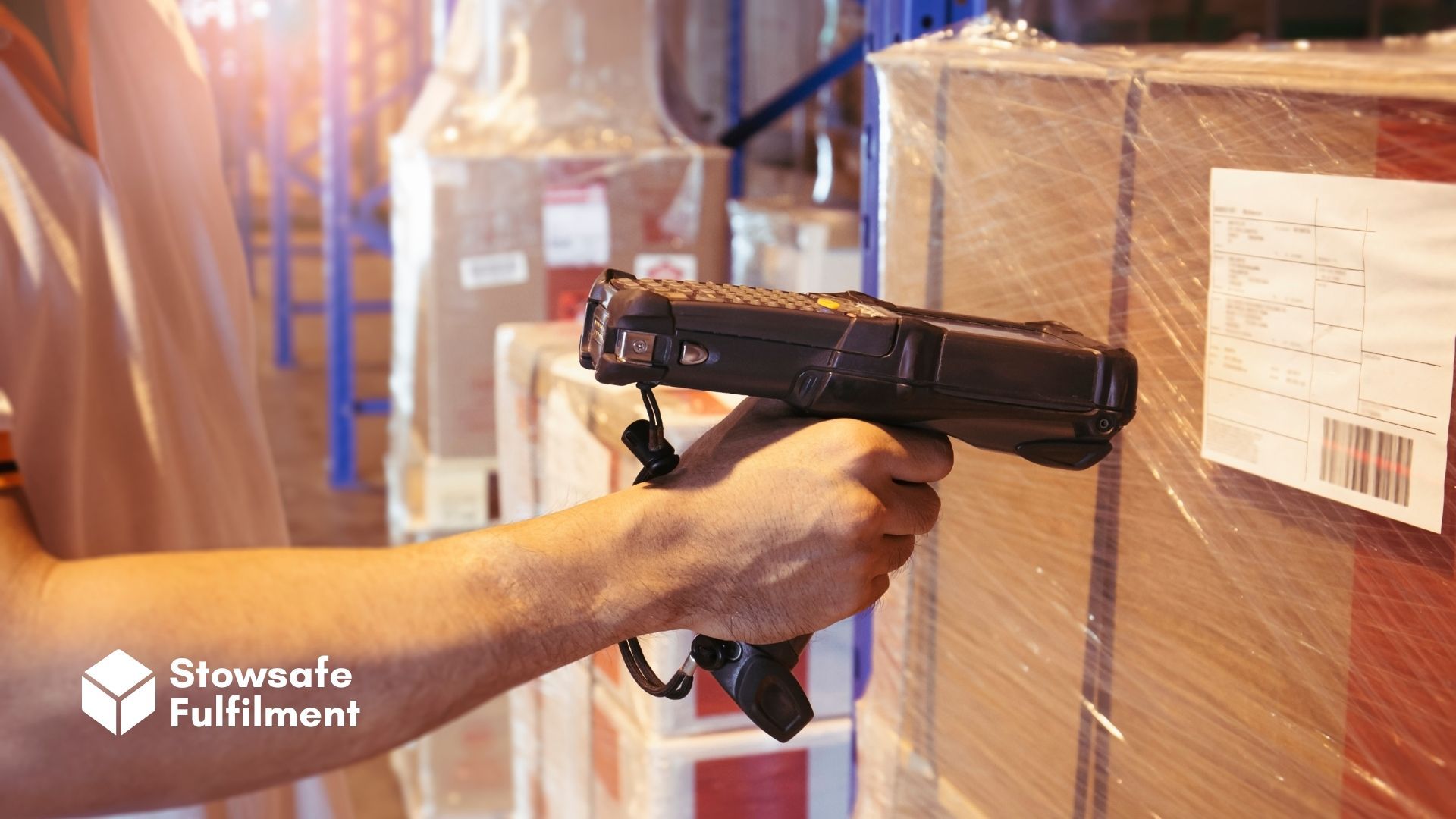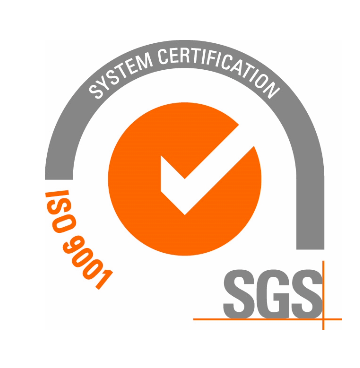Product descriptions are like shop windows and store assistants rolled into one. Learn 8 tips to turn boring specifications into conversion-boosting stories.

In the world of eCommerce, you don't have a shop window. You don't have "try before you buy". And you don't have helpful shop assistants who can answer customer queries and close a sale.
Yes, all you have are product descriptions. They act like digital shopfronts and staff members – and it's up to them to inform, convince and tackle common customer queries.
Get them wrong and you'll face slow sales and increased returns. Get them right and you'll leave your competition eating dust.
How do you get them right? That's what we'll look at in this article – starting with the very basics.
What makes a good product description?
A product description is the final hurdle before a customer makes a purchase, so it's important to make sure it goes beyond a list of boring specifications. A great product description creates an emotional connection with site visitors, helping to turn them into engaged, excited customers.
Make sure it's irresistible and truly sells your product. Your product description is one of your most powerful marketing tools. Use it to seal the deal and boost your sales.
Seven tips for crafting compelling product descriptions
1. Think about your buyers
To truly connect with your customers and craft product descriptions that speak directly to them, you need to understand them on a deep level. Get to know their desires and the words they use to express themselves.
One way to gain valuable insight is by conducting surveys. Send out a link to a post-purchase email and gather feedback while thanking your customers for their purchase.
Another option is to explore the platforms your target audience frequents. By truly understanding your customers and using that knowledge to craft compelling product descriptions, you can ultimately increase conversions.
2. Make them easy to scan
People are tired of scrolling through endless product descriptions. What you need to focus on is crafting descriptions that are short, sweet and to the point.
Easy-to-read product descriptions are crucial for a successful eCommerce store. They help customers quickly understand the key features, benefits and intended use of a product.
This can be achieved by using simple language, short paragraphs and plenty of white space. By crafting easy-to-read product descriptions, you can increase customer engagement – and engaged customers are more likely to convert.
Moreover, well-written product descriptions can also improve your search engine rankings, driving more traffic to your site.
3. Make them unique and enticing
Imagine you're browsing online for a new sofa but can't decide which one to buy. The key to making a decision lies in the product descriptions. They should be tailored to your ideal buyer and speak to their specific needs and desires.
Instead of generic phrases, use words that will make them think, "I must have this sofa in my home – it's going to make everyone ask where I got it".
This means focusing on key customer benefits and working on your brand tone of voice. You want your descriptions to feel fresh, trustworthy and relevant to your target audience.
4. Use emotive language
Enticing descriptions can help to build an emotional connection with the customer, making them more likely to buy.
The language you use can be the key to getting customers hooked. Tell a story and create an emotional connection with the customer. This can help to create a sense of desire and make the product more appealing to potential customers.
5. Split-test your descriptions
Split-testing (or "A/B testing") is crucial for conversion optimisation in eCommerce. It involves showing two different versions of your product description to different groups of customers to see which converts better. This process can help you determine which elements of your product description are most effective in driving sales.
You can test various elements of your product description such as the length, tone and formatting. Also, you can test different headlines, images and pricing. The key to effective split-testing is to make small changes and measure the results.
Once the test is complete, analyse the data and use the results to improve your product descriptions. By making small changes and measuring the performance, you can understand which elements of your product description resonate with your customers and use that knowledge to create compelling product descriptions that drive sales.
6. Go the extra mile
Provide your customers with all the information they need to make a confident purchase with detailed and comprehensive product descriptions. You must mention the size, dimensions, quality, material and colour of each product.
By including all the necessary information on your product page, you make it easy for customers to make a decision and feel good about their purchase.
You might be thinking, "but you said to make them 'short and sweet'". Yes – they need to be direct, easy to read and detailed.
It all comes down to organisation. If you organise the information in a way that's easy to read and understand, you can appeal to detail-orientated and time-poor customers alike.
There are numerous ways to do this. One way is to use expandable sections and headings to break up the text and make it more visually appealing. Another is to break up complex information into bullet points.
7. Do your SEO homework
Incorporating SEO (search engine optimisation) into your product descriptions can be a great way to boost your online store's visibility and drive more traffic to your product pages.
Here are some tips to consider:
- Start by identifying your primary keyword. This should be the main term that describes your product. For example, if you're selling a sofa, your primary keyword might be "modern sofa".
- Use your primary keyword consistently throughout your product description. However, be sure to use it naturally and avoid keyword stuffing.
- Generate LSI (Latent Semantic Indexing) keywords. These are secondary, related keywords that help search engines understand the context of your primary keyword. You can use a tool like LSIgraph.com to generate LSI keywords.
- Use header tags (H1, H2, H3) to structure your product description.
This helps search engines understand the hierarchy of information on your page.
- Use alt tags to describe images. This is important for both SEO and accessibility.
- Use meta tags to provide a summary of your product description. This is what will appear in the search engine results pages (SERPs).
- Use schema markup to provide additional information about your product, such as price, availability and reviews. This helps search engines understand the context of your page and can boost your visibility in the SERPs.
8. Don't forget images
Using images when crafting product descriptions is essential for several reasons.
First, images help to make your product descriptions more visually appealing and engaging for potential customers. They provide a way for customers to see the product in action and better understand its features and benefits.
Second, images can help to break up long blocks of text, making your product descriptions easier to digest. They can also be used to highlight specific features or aspects of the product that might be difficult to convey in text alone.
Third, images can help to establish trust and credibility with customers, as they can see the product in a realistic setting rather than just as an illustration.
We hope this guide helps you attract more happy customers. Do you need help with storage and shipping too? As the UK's fastest-growing
online fulfilment firm, Stowsafe is perfectly placed to help you grow as well.
Drop us a message to get the ball rolling.
All Rights Reserved | Stowsafe Fulfilment














